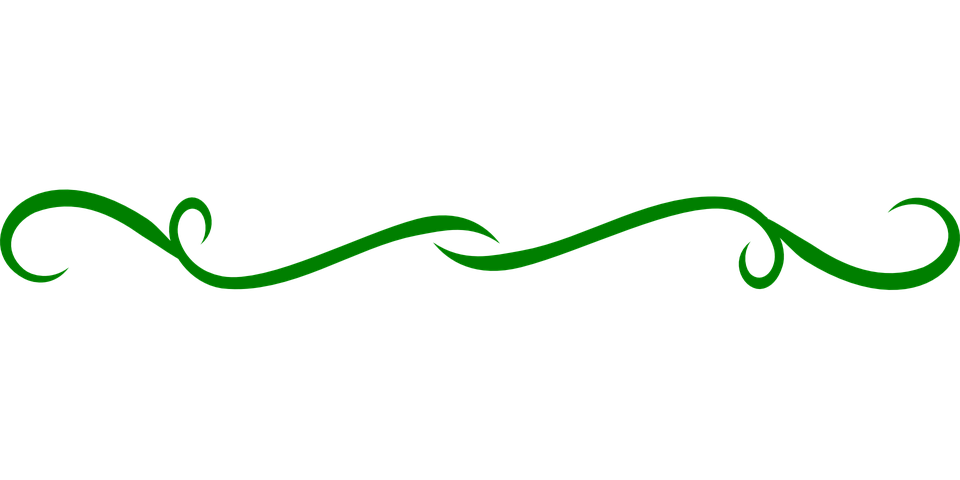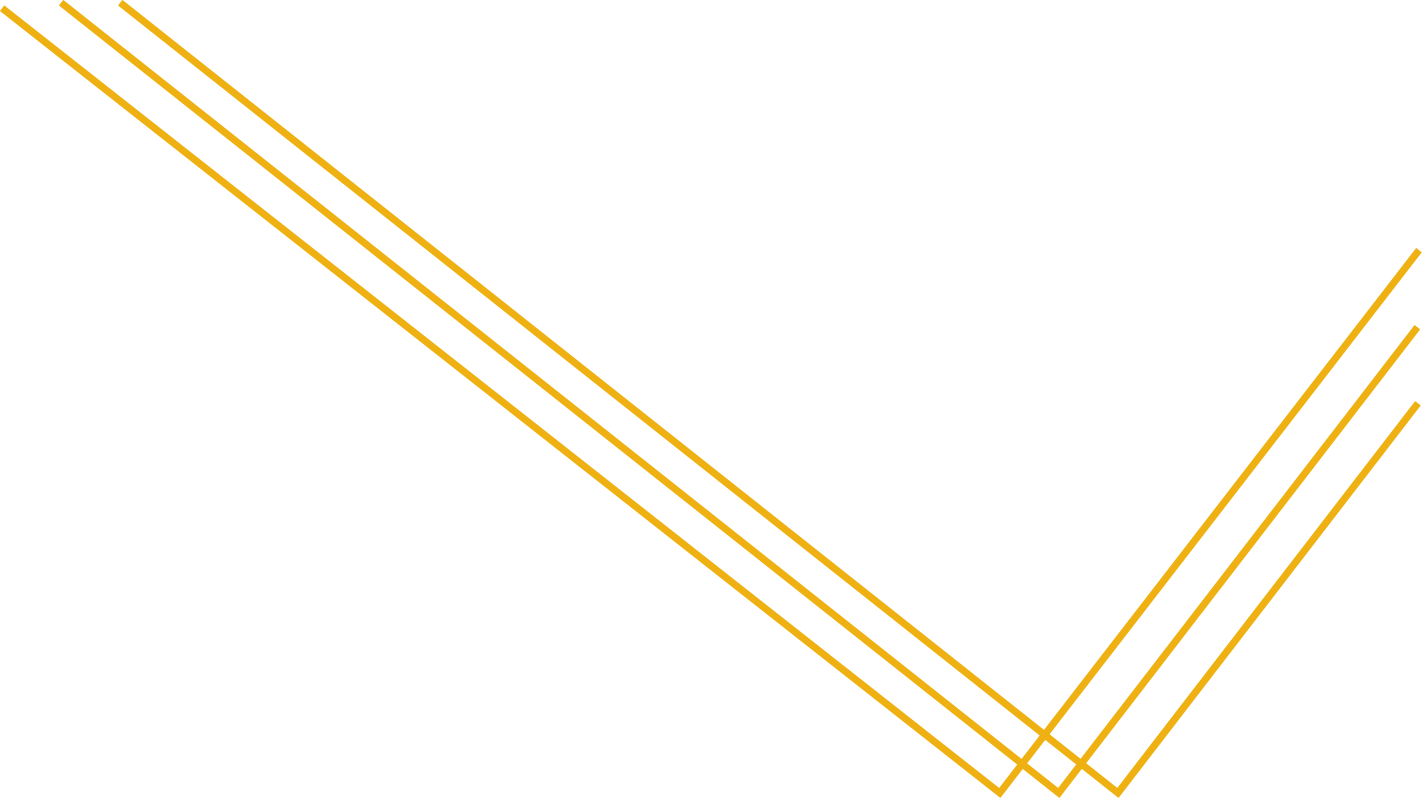Download top and best high-quality free Line PNG Transparent Images backgrounds available in various sizes. To view the full PNG size resolution click on any of the below image thumbnail.
License Info: Creative Commons 4.0 BY-NC
When we think of graphic design, we often envision vibrant colors, captivating images, and compelling typography. However, there is an often-overlooked element that plays a crucial role in shaping the visual language of design: the line. In this comprehensive guide, we will delve into the world of lines in graphic design, unraveling their significance, exploring their diverse forms and functions, and discovering how they add depth, structure, and meaning to visual compositions.
The Essence of Line
At its core, a line is a simple mark that connects two points. However, in graphic design, lines are far more than just basic strokes. They serve as the building blocks of visual communication, providing structure, direction, and flow to a design composition. Lines can be straight or curved, thick or thin, continuous or dashed. They can guide the viewer’s gaze, create a sense of movement, and establish a visual hierarchy within a design.
Just as the human body relies on a skeleton for support and structure, lines provide the underlying framework for a visual composition. They define the boundaries, separate elements, and create visual relationships. Lines can be used to divide a design into sections, balance proportions, and establish harmony. They act as visual cues, leading the viewer’s eye along a desired path and drawing attention to key elements.
Types of Lines: From Delicate Whispers to Bold Statements
Lines in graphic design come in various forms, each carrying its own unique characteristics and evoking different emotions. Let’s explore some of the most common types of lines:
Straight Lines: These lines exude stability, precision, and order. They convey a sense of clarity and directness, making them ideal for creating strong, structured compositions.
Curved Lines: Curved lines bring a sense of fluidity, grace, and organic movement. They can evoke emotions of elegance, flexibility, and dynamism. Curved lines are often used to add a sense of flow or to create a sense of softness and approachability in a design.
Diagonal Lines: Diagonal lines introduce energy, movement, and tension to a composition. They create a sense of excitement, dynamic action, or a feeling of instability. Diagonal lines can be used strategically to add visual interest and break the monotony of straight lines.
Horizontal Lines: Horizontal lines are associated with stability, tranquility, and a sense of balance. They can evoke feelings of calmness, relaxation, and groundedness. Horizontal lines are often used to convey a sense of order or to create a visual reference to the horizon.
Vertical Lines: Vertical lines convey a sense of height, strength, and aspiration. They can create a feeling of growth, power, or dominance. Vertical lines are commonly used to communicate stability, authority, and formality.
By skillfully combining different types of lines, designers can create a rich visual language that engages the viewer and communicates the intended message effectively.
The Expressive Power of Lines
Lines have the remarkable ability to evoke emotions, communicate meaning, and convey messages without the need for words. Just as a skilled painter uses brushstrokes to capture the essence of a subject, designers use lines to imbue their compositions with depth and character.
Thick, bold lines can make a statement and create a sense of strength or urgency, while delicate, fine lines can evoke a sense of fragility or elegance. Lines can be used to express emotions such as excitement, calmness, or tension, depending on their shape, direction, and context within the design.
In addition to conveying emotions, lines can also communicate meaning. For example, a series of parallel lines can represent order or organization, while intersecting lines can symbolize connection or intersection of ideas. Zigzag lines can suggest energy or instability, and spiral lines can represent growth or evolution.
Lines can also be used to create texture and patterns in graphic design. Whether it’s the intricate linework of a mandala or the repeating lines of a geometric pattern, lines add visual interest and complexity to designs. They can create a sense of rhythm and movement, making the design visually engaging and captivating to the viewer.
Potential of Lines in Design
Now that we understand the significance of lines in graphic design, how can we effectively incorporate them into our creative endeavors? Here are some tips for harnessing the potential of lines:
1. Purposeful Placement: Consider the placement and direction of lines within your composition. Use them strategically to guide the viewer’s eye, create emphasis, or establish a visual hierarchy.
2. Contrast and Variety: Experiment with different line weights, styles, and shapes to create contrast and visual interest. Combining thick and thin lines or straight and curved lines can add dimension and complexity to your design.
3. Negative Space: Pay attention to the negative space created by lines. The space between lines can be just as impactful as the lines themselves. Use negative space to create balance, enhance readability, or create visual illusions.
4. Harmony with Other Elements: Ensure that lines harmonize with other design elements such as colors, typography, and imagery. Lines should complement and enhance the overall aesthetic and message of the design.
5. Experimentation and Playfulness: Don’t be afraid to explore unconventional uses of lines. Let your creativity flow and experiment with different line arrangements, compositions, and techniques.
The Artistry of Lines in Graphic Design
The line is an essential element in the world of graphic design, possessing the power to structure, guide, and communicate. From its ability to define shape and direction to its expressive potential, lines enrich visual compositions with their versatility and complexity. By understanding the intricacies of lines and harnessing their potential, designers can create captivating and visually compelling designs that leave a lasting impression on the viewer.
Download Line PNG images transparent gallery
- Line PNG Picture
Resolution: 2000 × 3938
Size: 38 KB
Image Format: .png
Download
- Line PNG
Resolution: 820 × 500
Size: 159 KB
Image Format: .png
Download
- Line Transparent
Resolution: 2000 × 2828
Size: 46 KB
Image Format: .png
Download
- Line
Resolution: 1600 × 1066
Size: 39 KB
Image Format: .png
Download
- Line Background PNG
Resolution: 1600 × 1600
Size: 6 KB
Image Format: .png
Download
- Line No Background
Resolution: 4880 × 1000
Size: 25 KB
Image Format: .png
Download
- Line PNG Background
Resolution: 400 × 400
Size: 1 KB
Image Format: .png
Download
- Line PNG Clipart
Resolution: 400 × 565
Size: 5 KB
Image Format: .png
Download
- Line PNG Cutout
Resolution: 960 × 480
Size: 33 KB
Image Format: .png
Download
- Line PNG File
Resolution: 960 × 260
Size: 24 KB
Image Format: .png
Download
- Line PNG Free Image
Resolution: 775 × 300
Size: 1 KB
Image Format: .png
Download
- Line PNG HD Image
Resolution: 1422 × 798
Size: 41 KB
Image Format: .png
Download
- Line PNG Image File
Resolution: 1600 × 1067
Size: 7 KB
Image Format: .png
Download
- Line PNG Image HD
Resolution: 420 × 420
Size: 1 KB
Image Format: .png
Download
- Line PNG Image
Resolution: 3000 × 900
Size: 40 KB
Image Format: .png
Download
- Line PNG Images HD
Resolution: 1600 × 1600
Size: 6 KB
Image Format: .png
Download
- Line PNG Images
Resolution: 768 × 1024
Size: 20 KB
Image Format: .png
Download
- Line PNG Photo
Resolution: 1280 × 500
Size: 1 KB
Image Format: .png
Download
- Line PNG Photos
Resolution: 1400 × 400
Size: 6 KB
Image Format: .png
Download
- Line PNG Pic
Resolution: 1280 × 720
Size: 15 KB
Image Format: .png
Download



















